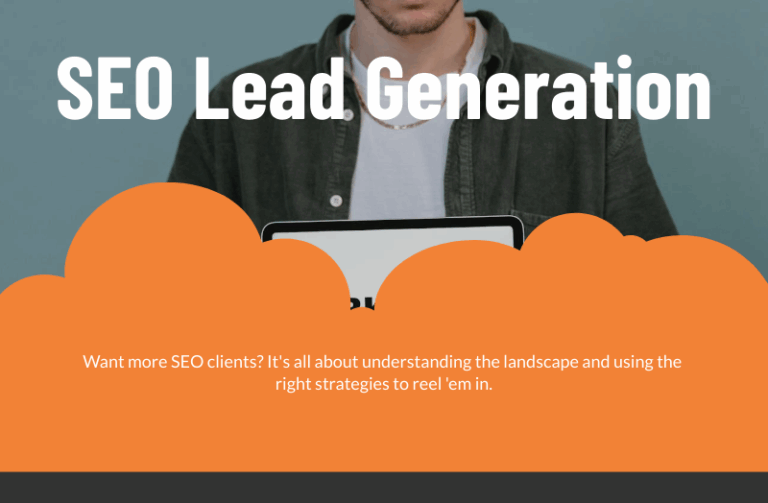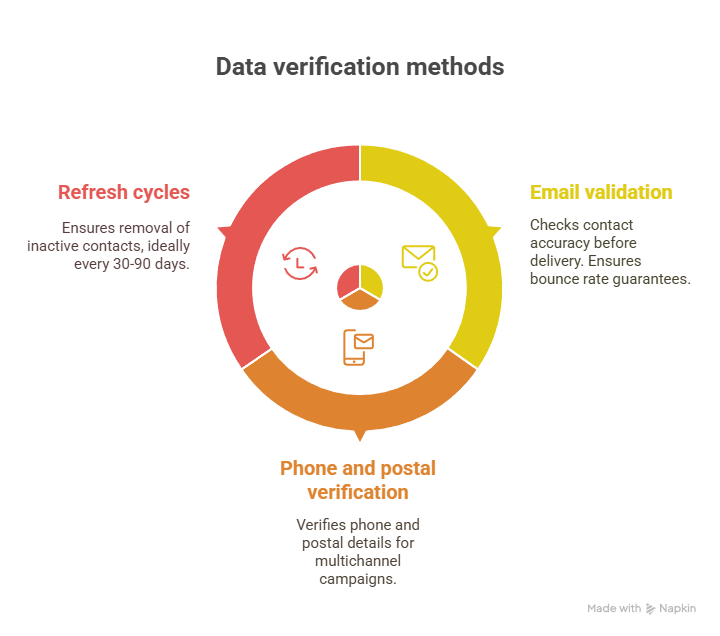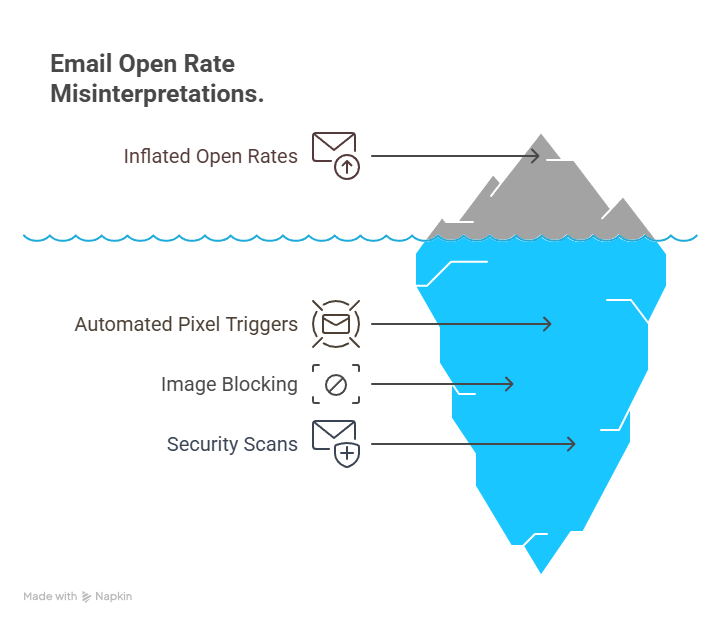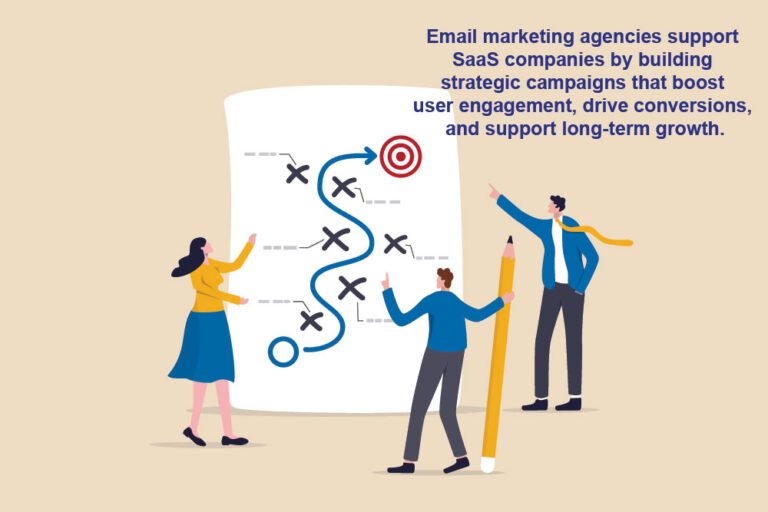
Nothing makes your marketing strategy come together like breaking your audience into segments. It sounds like a paradox: How can dividing your market result in more coherent messaging? But segmentation is essential to data-driven marketing. It gives your customers the best service you can offer from the moment they encounter you to their decision to buy and beyond.
Scaling up the Conversation with Segmentation
Leads come to you more prepared, better educated, and more accustomed to personalized service than ever before. They’re able to comparison-shop, read reviews, get referrals, and study spec sheets well before they appear on your radar. When customers have this much power, it’s critical to give them personal attention. How do you do that when you have thousands or even millions of customers?
Segmentation is your answer.
Segmentation groups together leads who have specific elements in common, such as geographical location, industry, job title, or online purchasing habits. They aren’t all the same person, but they have enough in common that you can deliver the same message to them and be confident of its relevance. Think of it as a way to have a one-on-one conversation with thousands of people at a time.
Successful Segmentation
Data-driven marketing depends on accurate segmentation to achieve results, and accurate segmentation relies on sound analytics. While demographic and firmographic segments are easy to define, understanding which are meaningful is a different story. It doesn’t do you any good to segment your audience by gender, for example, if buying habits are no different between men and women. Knowing who your best customers are is the key to finding more like them – but only if you draw the correct connections between their buying habits and their demographic details.
After an in-depth analysis of your customer base, it’s time to put that research to work by defining major categories and refining them into sub-categories. For example, geographical location is a prime demographic consideration for many marketers, but further separating the segment of leads within 200 miles of you into those within 50 miles from you and those who are farther away opens up the possibility of hyper-localization. You might promote an in-house demonstration, for instance, to your nearest leads.
Bringing in Behavior
Demographic and firmographic data aren’t the only tools to define segments. Behavioral information is another valuable way to understand your audience through segmentation. The people who download your content, visit your site frequently, or share your links are sending signals about themselves with every action they take – signals you can then read and apply to other leads to develop useful marketing segments. By reading this digital body language, you’re better able to communicate with your audience on the topics they care about most.
Service in Segments
Businesses use it to pinpoint their best customers and find promising leads, but the beauty of data-driven segmentation is that it also benefits your audience. When you know who your customers are, you can deliver vastly superior customer service. Ideally, every conversation you have with your leads will feel like a one-on-one conversation. They feel listened to, even catered to, because you’re addressing their needs directly.
Segmentation makes the difference between saying something meaningful to someone in particular and saying nothing to everyone at once. Choose your audience as carefully as you design your message, and segmentation leads to success.
© Reach Marketing LLC 2016 All Rights Reserved.



